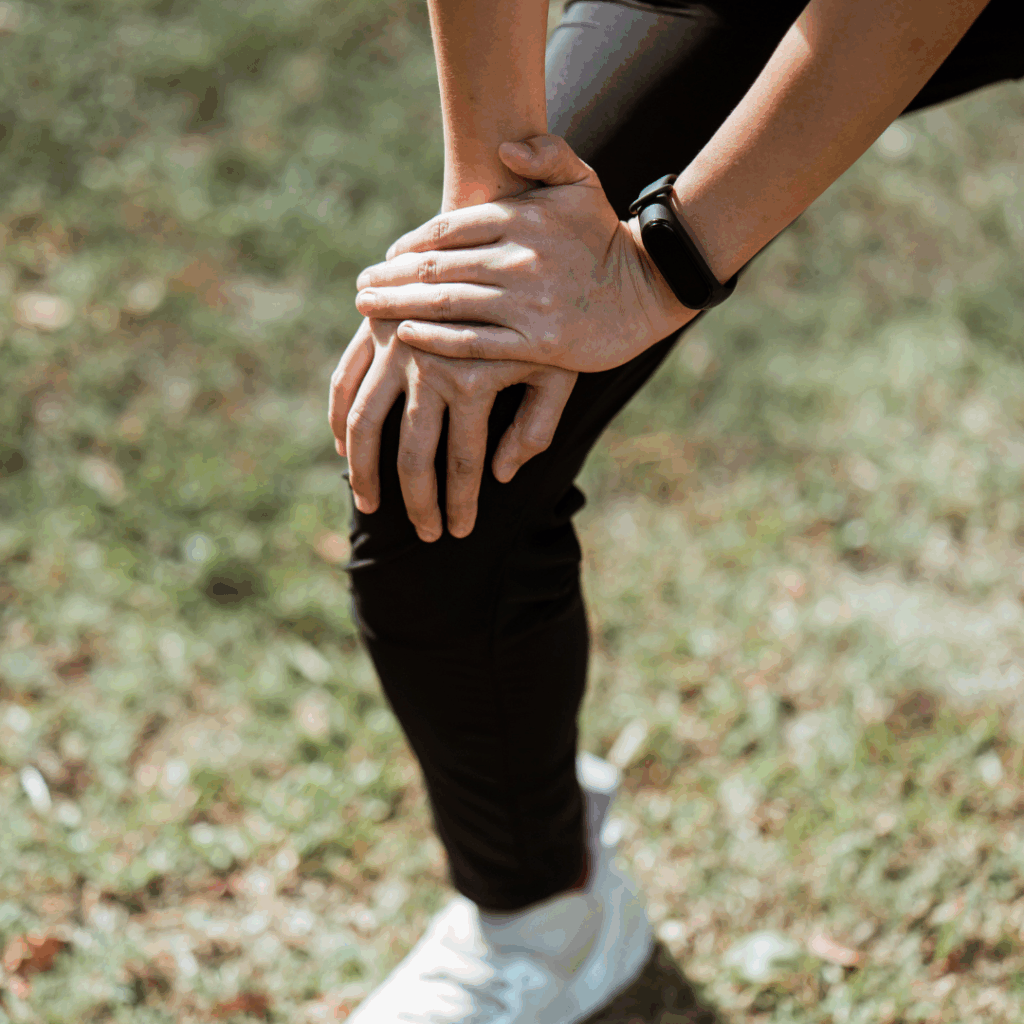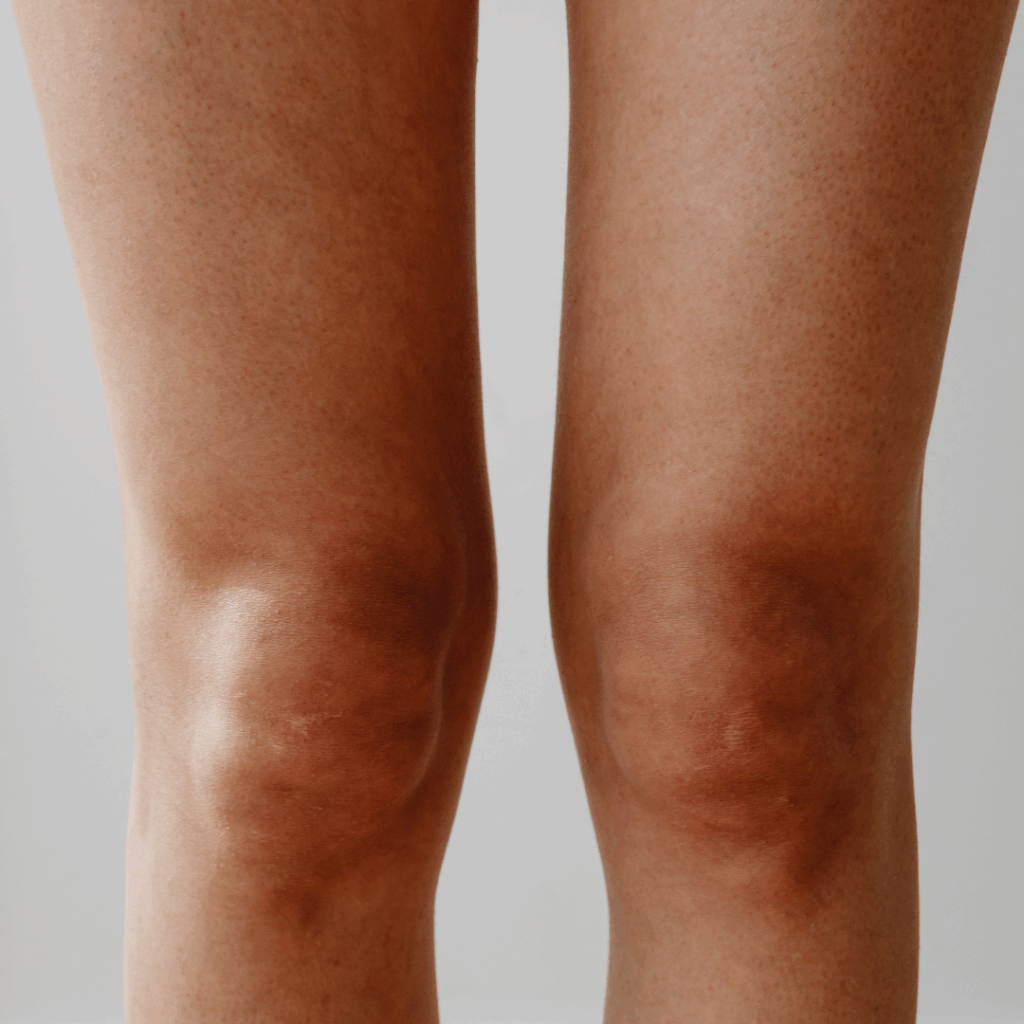One of the most talked about knee injuries of the sports people category could be considered runner’s knee. This ailment is typical in those who are doing a steady jogging, or have decided to run for the first time. Besides, it is also typical in people who can spend hours in a sitting position.
As such, if you are one among many who keeps waking up to a nagging pain seemingly right underneath the kneecap, appropriate treatment for a runner’s knee can help you become alright really fast and safely. Given that this nature impinges on daily life activities, walking up and down a flight of stairs, bending, or any exercise routine, an early consult with a knee pain doctor HSR is warranted.
This blog will explain the causes of runner’s knee, treatment that works best, and how it can be kept from ever coming back.
What Is Runner’s Knee?

Runner’s knee is an umbrella term for a multitude of different conditions commonly referred to as Patellofemoral pain syndrome. It occurs when the kneecap (patella) does not run smoothly along the thigh bone (femur) and is irritating it. This friction causes inflammation and thereby pain in the front of the knee. An appropriate runner’s knee treatment at the due stage avoids the aggravation of the pain or wear and tear of the cartilage.
Some of the frequently occurring symptoms are:
- Pain in or around the kneecap
- Difficulty going up the stairs
- Pain that has developed after long periods of sitting
- Grinding or clicking sensations
- Pain experienced after squats or running
If these symptoms have been your regular partners for some time, visit a knee pain doctor in HSR to arrive at an accurate diagnosis and start an appropriate treatment.
What Causes Runner’s Knee?
Understanding the cause is an important part of effective runner’s knee treatment. Some common reasons include:
1. Overuse
Repetitive stress from running, jumping, or long workouts can irritate the patella.
2. Muscle Imbalances
Weakness in the quadriceps, hips, or glutes will cause the patella to track poorly.
3. Flat Feet or Poor Foot Alignment
These place extra strain on the knees and worsen pain.
4. Bad Running Form
Landing incorrectly with feet or on worn-out shoes or sudden greyness is another culprit that can aggravate pain.
An experienced knee pain consultant in HSR will evaluate your gait, muscle strength, flexibility, and lifestyle habits to identify the exact cause.
Runner’s Knee Treatment Options That Work

Once diagnosed, there are several ways to treat the runner’s knee. A proper runner’s knee treatment plan includes:
1. Rest and Modifications to Activity
It is recommended that activities that increase the pain be stopped. However, this does not imply that the person is totally immobilized; instead, they may change to less stressful exercises, e.g., walking, swimming, or cycling.
2. Using Ice Packs
In order to relieve pain and reduce inflammation, an ice pack will be applied for about 15-20 minutes.
3. Adding Physiotherapy to the Treatment Plan
Physiotherapy represents the major component in the treatment of runner’s knee.
They help with:
- Strengthening hip and thigh muscles
- Improve alignment of the knee
- Stretching of tight muscles
- Correcting running form
4. Correction of Footwear
Supportive cushioned running shoes help relieve pressure on the patella.
5. Taping or Bracing
Taping of the knee can help align the patella and reduce pain during movement.
6. Anti-Inflammatory Medications
Anti-inflammatory medications may be prescribed to help control swelling.
7. Specialist Consultation
In case of persistent pain, a consultation with a knee pain doctor in HSR will ensure proper evaluation of the diagnosis and treatment plan.
Exercises for Runner’s Knee Relief
An exercise program is an integral part of any runner’s knee treatment program. Following are the most effective exercises recommended by specialists:
✔️ Quadriceps Strengthening
Straight-leg raises help improve knee stability.
✔️ Hip Strengthening
Clamshells and side-legged raises help with patella movement.
✔️ Hamstring & Calf Stretching
To maintain muscle flexibility and relieve pressure on the knee.
✔️ IT Band Stretches
To ease tightness on the outer part of the knee.
Before commencing an exercise program, it is advisable to consult a knee pain doctor in HSR so that the wrong exercise does not inadvertently aggravate the problem.
Ways to Prevent Runner’s Knee From Coming Back
The key to the success of long-term runner’s knee treatment is prevention. Here are some ways to prevent further incidence:
✔️ Warm-Up Effectively
Warm up at least 10 minutes before hitting the running track.
✔️ Strengthen All the Appropriate Muscle Groups
Concentrate on incorporating hip-glutes-hamstrings-and quadriceps into your routine.
✔️ Wear Acceptable Footwear
Discontinue using worn-out running shoes after 500-700 km.
✔️ Work on Improving Running Form
Avoid attempting to reach out too far for a stride, and find a pace that feels appropriate for you.
✔️ Increase Activity Level Gradually
Any sudden increase in distance or intensity places enormous stress on the knee.
Regular check-ups with a knee pain doctor in HSR are very helpful to ensure proper recovery and to avoid re-injuring.
When Should You See a Knee Pain Doctor in HSR?
If the pain in the knee continues for more than a week, increases with exercise, or interferes significantly with daily activities, then that is the time to find out an expert’s help. A qualified knee pain doctor in HSR will perform an examination of the knee, ordering imaging scans if necessary, and develop a personalized runner’s knee treatment plan.
You would need immediate medical attention if you experience:
- Swelling
- Severe Pain
- Knee Buckling
- Inability to Bend Or Straighten the Knee
- Pain Following A Sudden Injury
Final Thoughts
One of the things a runner can do is to detect runner’s knee early and then he can deal with it in a very easy way. After an effective treatment for runner’s knee, a lifestyle change, proper exercises, and a visit to a doctor who specializes in knee pain you will most likely be able to go back to running and other daily activities without any discomfort.
If you’re looking for specialized care, Dr. Akshay Shetty, a leading knee pain doctor in HSR and trusted sports injury specialist in Bangalore, offers accurate diagnosis and personalized treatment plans for runner’s knee and other athletic injuries. His patient-focused approach, advanced techniques, and clear guidance help athletes and working professionals recover faster and prevent future injuries.
Don’t ignore persistent knee pain—early consultation with Dr. Akshay Shetty can make a significant difference in your long-term knee health and performance.

Leave a Reply